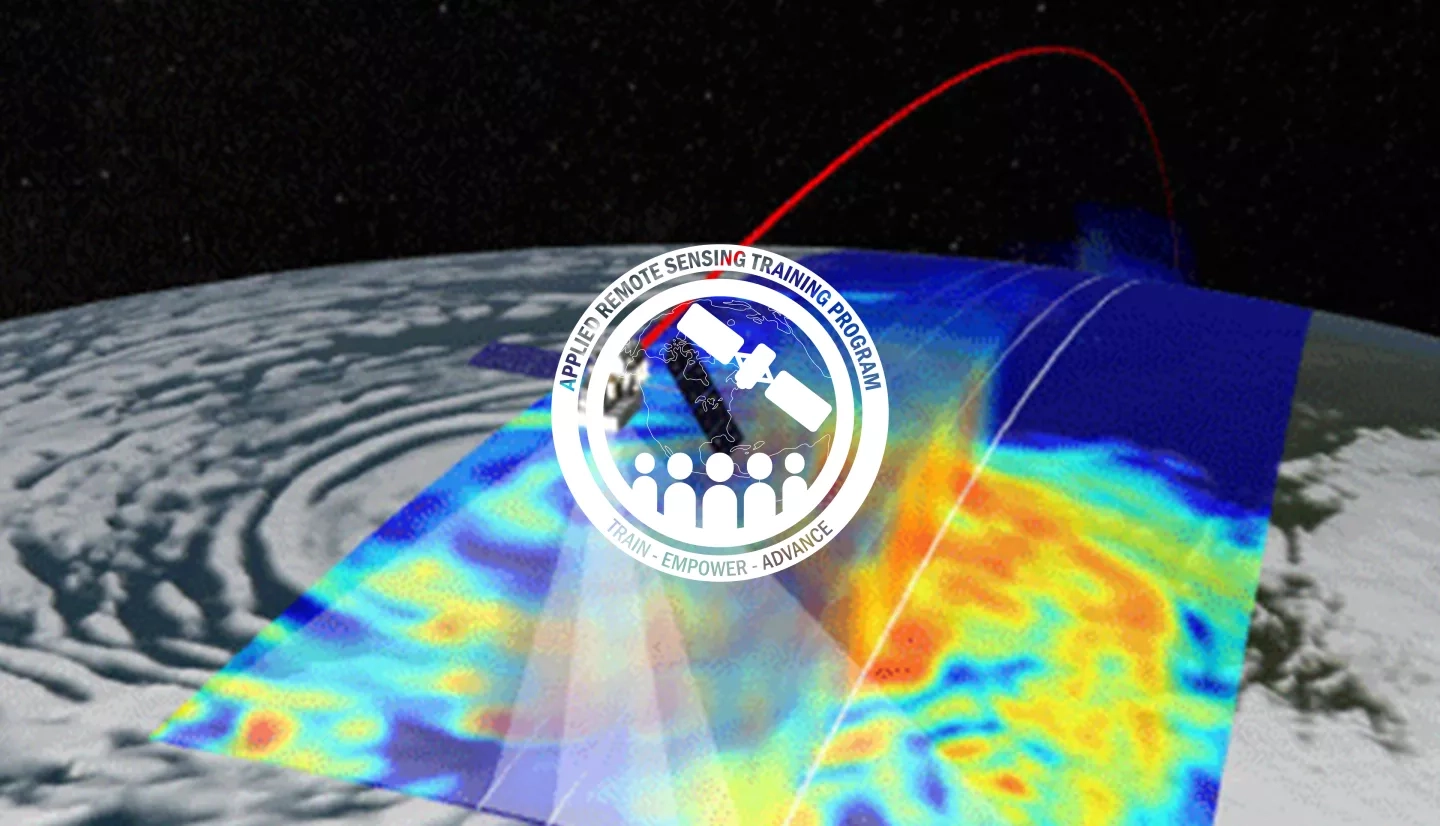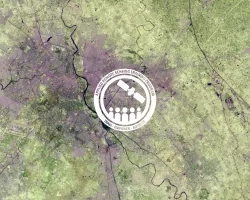Description
March 17, 2015 - March 31, 2015
This training introduces participants to data and applications of the Global Precipitation Measurement (GPM) mission. GPM is an international satellite mission that provides next-generation observations of rain and snow worldwide every three hours.
Precipitation is the most important source of freshwater, and accurate measurements are crucial in planning water resources for drinking water, agriculture, hydro-power, health, ecosystems, and flood management. The NASA Tropical Rainfall Measuring Mission (TRMM) was designed specifically for precipitation remote sensing. Combined with data from other national and international satellites, TRMM provides near-real time measurements as well as 15 years of historical measurements that can be used for a variety of societal applications. The TRMM satellite ceased to collect data on April 15, 2015.
NASA launched the GPM Mission in February 2014 to ensure continued availability of improved quality, near-global precipitation data for societal applications and environmental decision support.
Attendees will be able to access GPM data and products, and import the data into GIS (ArcMAP).
Intended primarily for applied professionals engaged in environmental management.
- Three 1-hour sessions
An overview of ARSET, an introduction to precipitation remote sensing, an overview of TRMM, introduction to the GPM mission and sensors, and examples of precipitation data applications.
A review of session one, an overview of GPM rainfall data, including data processing levels and data formats, and an overview of GPM data access tools, including a demonstration of GPM data visualization.
A review of sessions one and two, information on GPM-IMERG from guest speaker Dr. George Huffman (NASA-GSFC), a case study using GPM-IMERG Precipitation Data for Hurricane Arthur, and a course summary.



